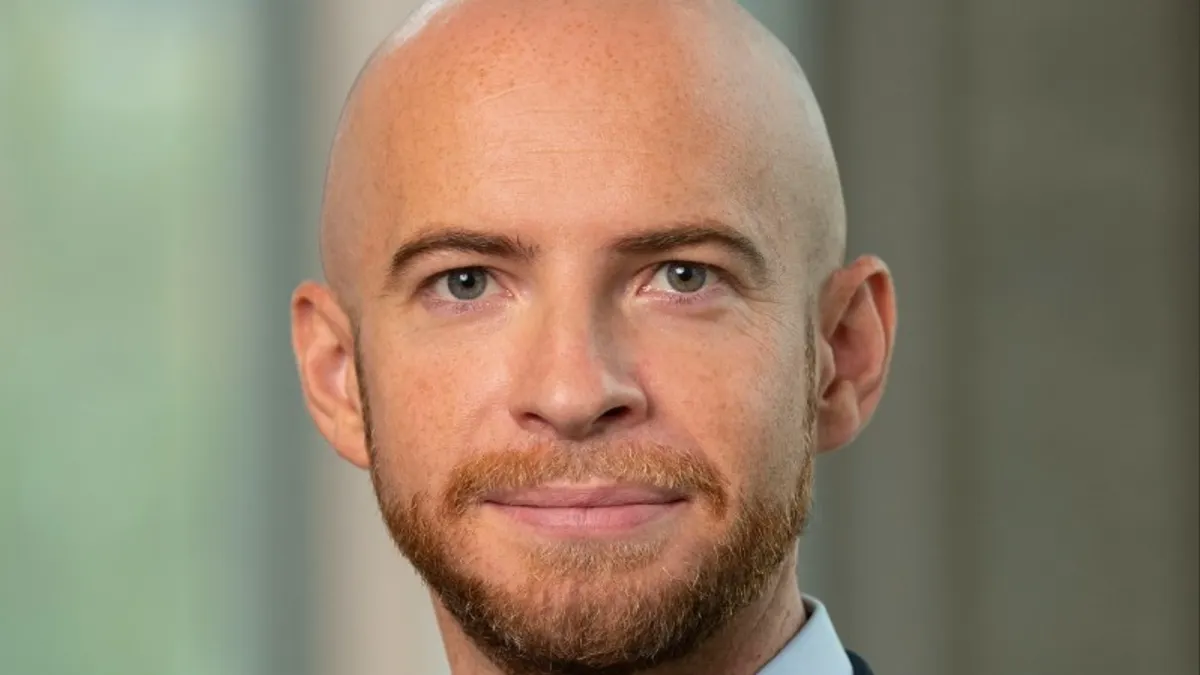Great science forms the bedrock of the life sciences industry, but great storytelling can make that science come to life for patients, clinicians, payers and investors.
In the age of social media — with 10-second viral videos and ever-shortening attention spans —communicating concisely and effectively is more important than ever, said Dr. Rafiq Hasan, CEO of Complement Therapeutics, a London-based preclinical biotech company developing treatments for conditions mediated by the complement system.
“People won't read a 10-page scientific article anymore,” he said. “You need to be able to condense that down.”
It’s a skill Hasan has honed over his decadeslong career in pharma, which has included stints at Novartis, where he worked on the wet age-related macular degeneration drug Lucentis, and at Bayer, where he grew the blockbuster eye drug Eylea from launch to over $2.5 billion in sales in five years.
“Taking great science and packaging (that) into the right sort of story,” has also come in handy at Complement Therapeutics, as Hasan has worked to convince external stakeholders, including investors and prospective hires, of the role complement modulation plays in the eye condition geographic atrophy.
Here, Hasan provides lessons learned on how pharma and biotech entrepreneurs can use storytelling to better reach stakeholders across the drug development continuum.
Focus on simplicity
“Telling a good story is about … identifying one or two key themes, and then building on it,” Hasan said.
Rather than trying to communicate every detail of complex science, Hasan recommended identifying what’s important to your audience — remembering it might be different from what you initially envisioned — and choosing a few points to convey that message.
“Telling a good story is about…identifying one or two key themes, and then building on it.”

Dr. Rafiq Hasan
CEO, Complement Therapeutics
In the case of Eylea, Hasan said clinicians often referred to the drug as “2 Q8,” or 2 milligram Q8, which referred to its flexible dosing schedule. Hasan called this a valuable lesson in finding a simple, key point to communicate.
“You could see the Q8 piece was very important to them, and it was something they remembered,” he said. “Often, we think — especially in pharmaceuticals — that we need complex science to articulate a certain message. Actually, some of the most successful approaches have just been very simple.”
That approach informs how he explains the intricate science around the body’s complement system, too.
“Importantly, the complexity of the complement cascade has mandated significant simplification, and combining this with the significant unmet need for patients with GA provides the basis for a compelling story,” he told PharmaVoice via email.
Make it real
Choosing the right anecdotes to share with patients and clinicians is another important way pharma and biotech companies can showcase the power of their therapies.
“We have such a profound impact on people's lives,” Hasan said, and bringing that “to life” is crucial.
For instance, he recommended emphasizing the “important quality of life benefits of different therapeutic approaches to payers alongside the pharmaco-economic modeling that is required for reimbursement submissions.”
“Highlighting the often-profound benefits of pharmaceutical intervention and bringing this to life with real examples of the impact on patients — whether that be being able to see their grandchildren or avoiding hospitalization and other serious consequences of disease — can be a significant part of the value proposition that supports market access,” he said.
Ground it in science
Sharing science without telling a story is ineffective, but the reverse is also true. You need solid science to tell a good story, Hasan said.
He admits that for some physicians and other stakeholders, storytelling might seem overly simplistic at best, and a game of smoke and mirrors at worst. That’s why grounding stories and anecdotes in real science is critical. Effective storytelling will not only convey the science but also the unmet patient need and real-life patient impact.
“I think we can get very focused on the details of science … and of course, we need to have that. That is the foundation,” he said. “But then how do you lift out of that to convey a message that has an impact, that is real, that you can use?”
















